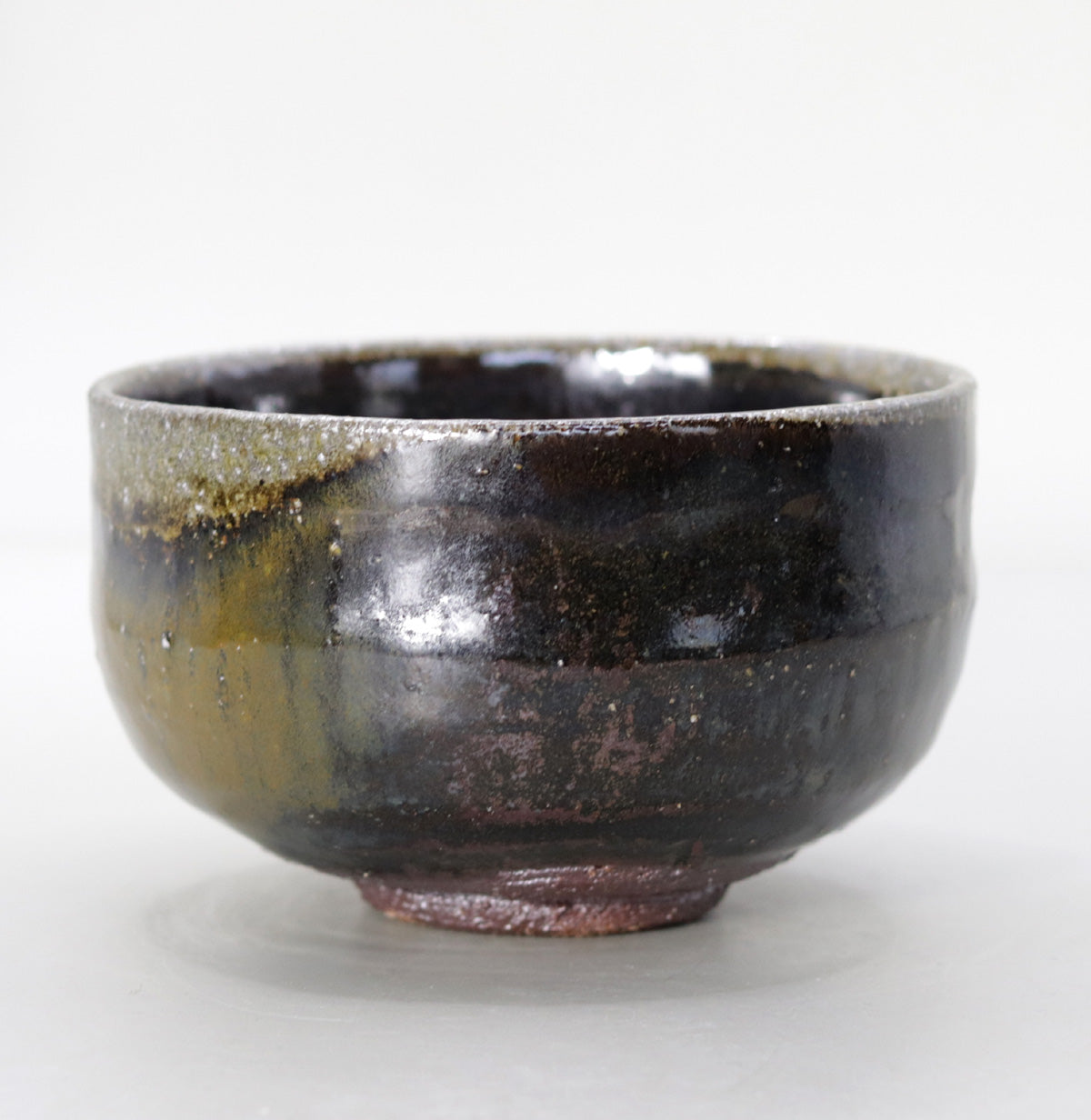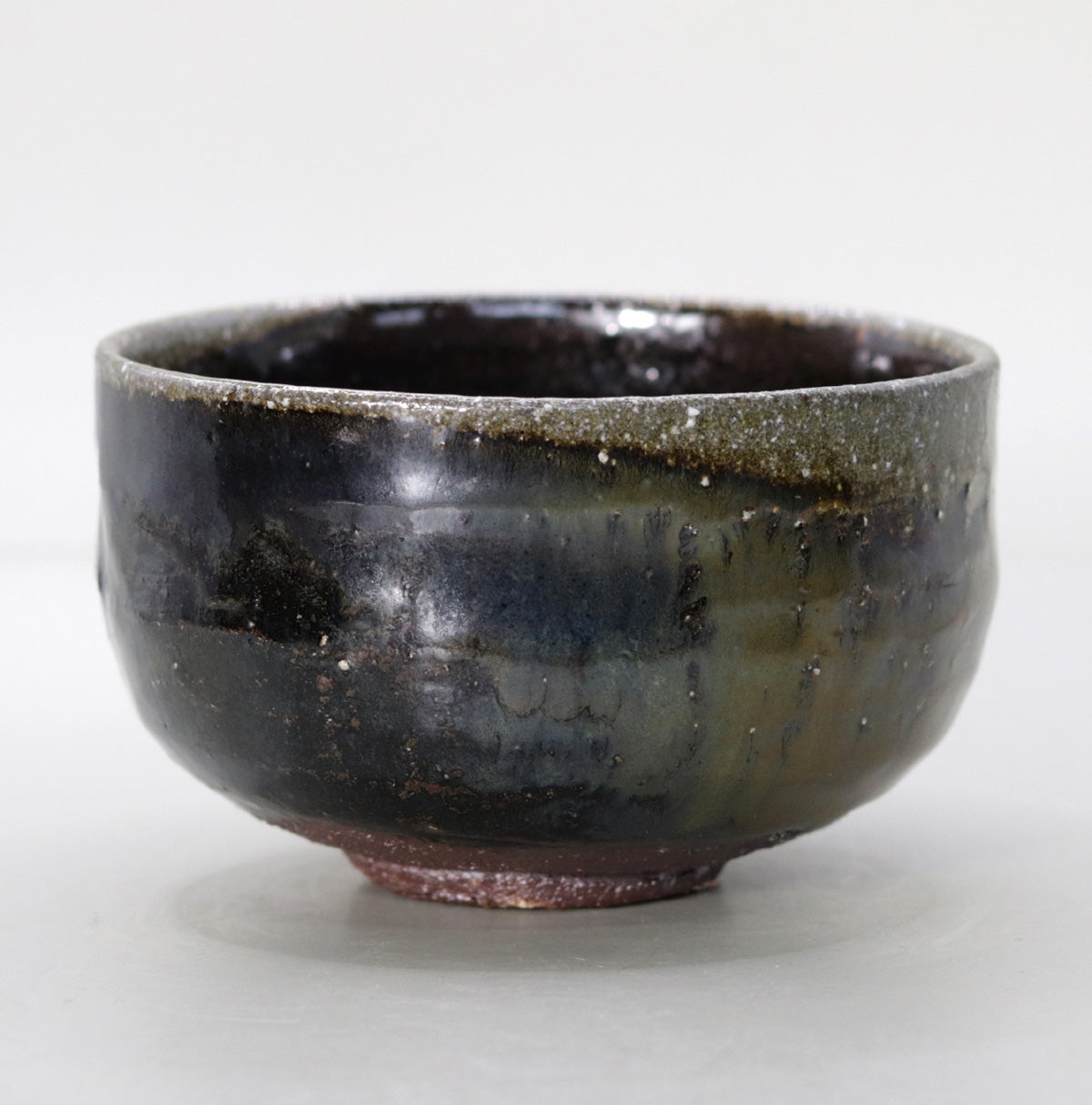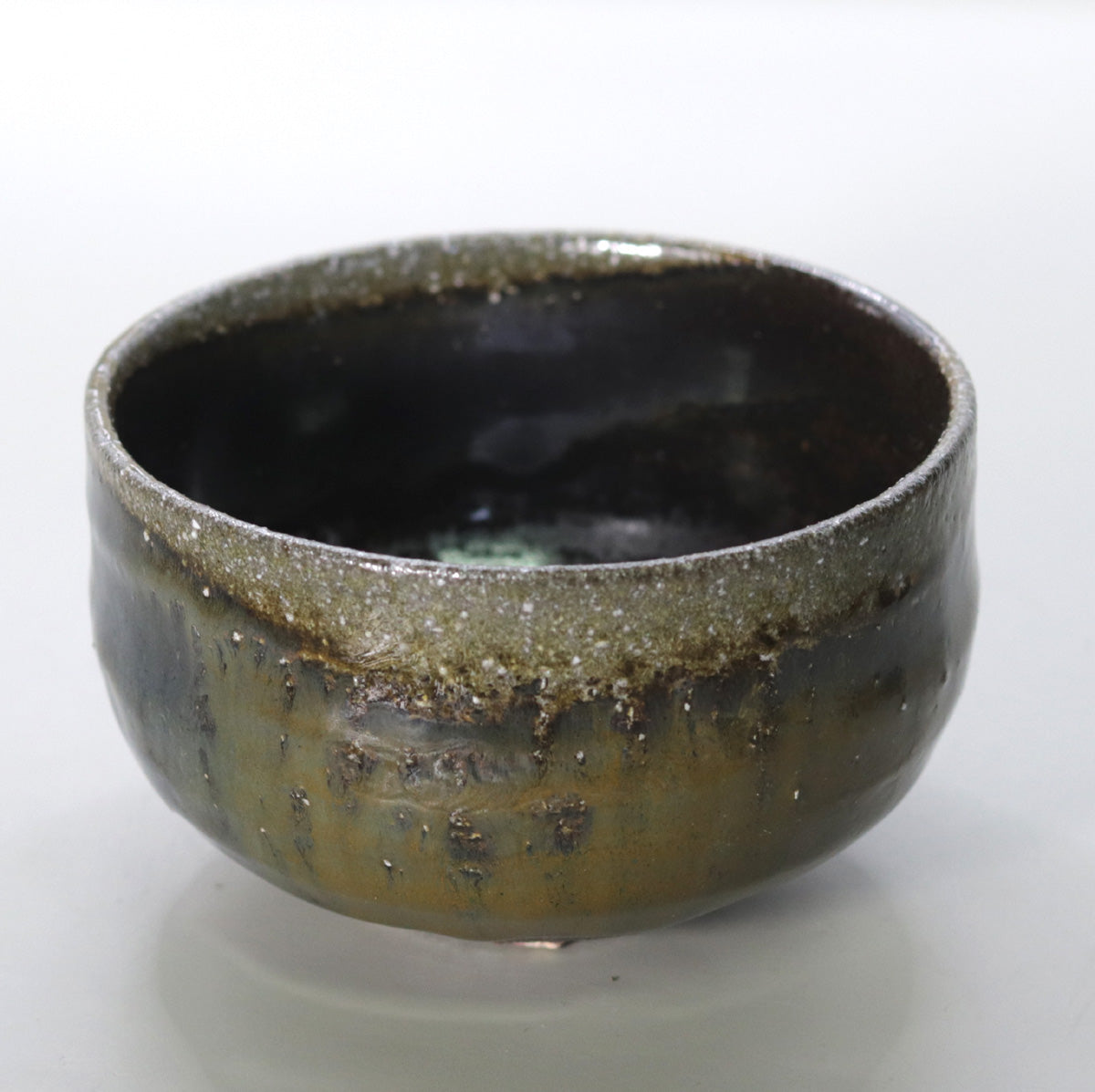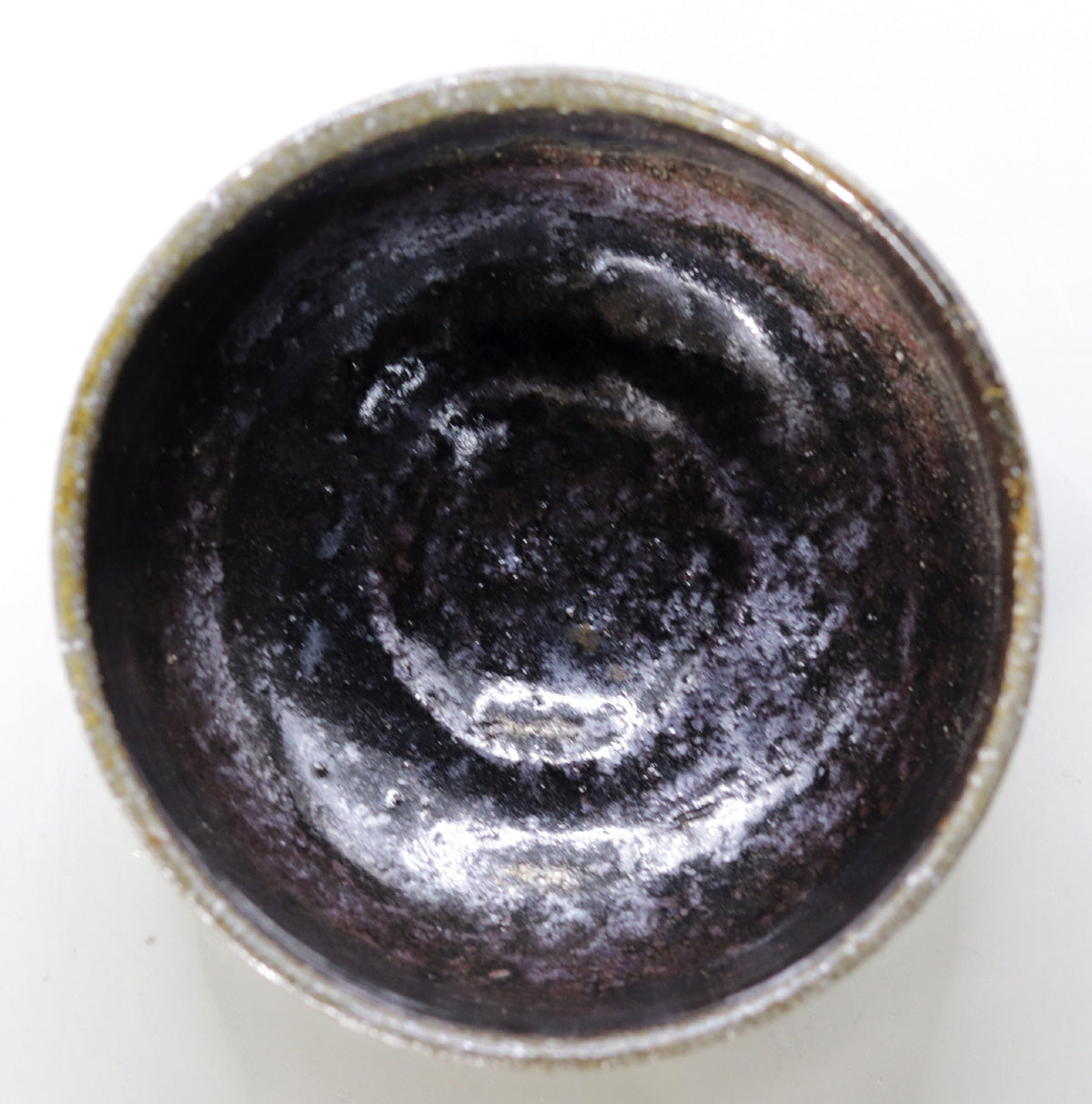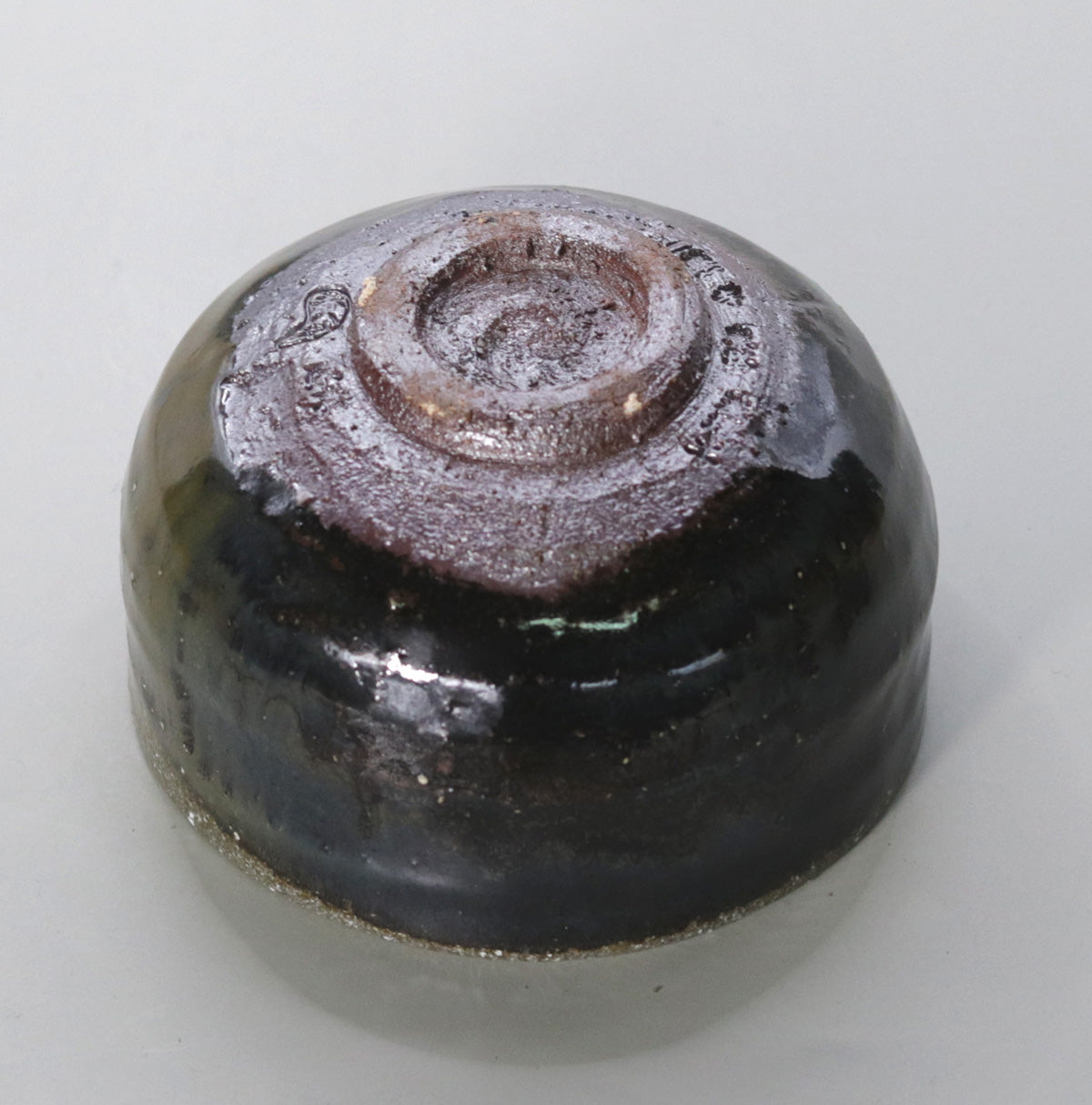Iron-glazed tea bowl made from the base of the East Pagoda of Yakushiji Temple by Rakusai Bisai
Iron-glazed tea bowl made from the base of the East Pagoda of Yakushiji Temple by Rakusai Bisai
Couldn't load pickup availability
Width: 11.1cm Height: 6.6cm
Iron-glazed tea bowl made from the base of the East Pagoda of Yakushiji Temple - By Rakusai Onishi
1. Clay: The clay that holds the foundations of the ancient tower
This piece is made with ancient soil collected when the base of the East Pagoda of Yakushiji Temple in Nara was dismantled during the major repairs in the Reiwa era. Rich in iron and silica, this soil has crystalline minerals after 1,300 years of weathering, and the quartz grains sparkle like stardust even after firing. When you hold it in your palm, you can feel the prayers of the land of Yamato and the ancient pagoda.
2. Iron glaze and kiln change - a scene that changes from moss black to jade
The iron glaze that covers the exterior is fired at a high temperature to produce three layers of color: 1) rough silver gray crystals on the rim, 2) a heavy luster of moss black to ink black on the upper body, and 3) deep olive colored glaze veins on the lower body. Silver grains that have turned into glass from natural ash are scattered throughout the piece, creating a mysterious expression reminiscent of foundation stones wet with night dew.
3. Shape: The neatness and volume of the cylindrical tea bowl
The rim is slightly curved outwards and the body is raised in a nearly vertical line, creating a cylindrical shape that makes it easier for the matcha foam to form evenly. The soft wheel marks left on the body catch the flow of the glaze and give the appearance a rhythm. The low, carved ring-shaped base stabilizes the center of gravity, making it easy to hold.
4. Functional beauty: Practicality that brings out the flavor of matcha
The inside of the bowl is also coated with a mirror-like iron glaze, making the green of the matcha stand out vividly. The rim is thin and sharpened, making it light on the lips, so the matcha is cut easily during the tea ceremony and the aroma rises softly. The heat-retaining properties of the clay keep the bowl at a comfortable temperature even in winter.
5. The History of Yakushiji Temple - Reflecting the Prayers of "Frozen Music"
Yakushiji Temple was founded at the request of Emperor Tenmu (around 680) and moved to its current location in Nishinokyo around 710. It flourished as one of the Seven Great Temples of Nara, but lost many buildings to repeated wars and fires and has had to be rebuilt each time. The East Pagoda is said to have been completed around 720, and is the only Nara period pagoda that has retained its original appearance, earning it the nickname "Frozen Music." In 1998, it was registered as a World Heritage Site as part of the "Cultural Properties of Ancient Nara," and the soil that was restored after the major Reiwa repairs (2009-2022) has been given new life as the clay for this work.
Summary
Silver-gray crystals sparkle on the moss-black iron glaze, and a deep olive color sways quietly -- Onisi Rakusai's "Yakushiji East Pagoda Foundation Clay Iron Glazed Tea Bowl" is a gem that embodies both the quietude of wabi and a thousand years of prayer. When you brew a cup of matcha, the flames, the earth, and the sounds of the ancient pagoda will rise from the bowl, bringing a deep aftertaste and a pious story to the tea ceremony.
A conversation with Rakusai Onishi – High-end pottery specialty store [Amagi-do]
Share
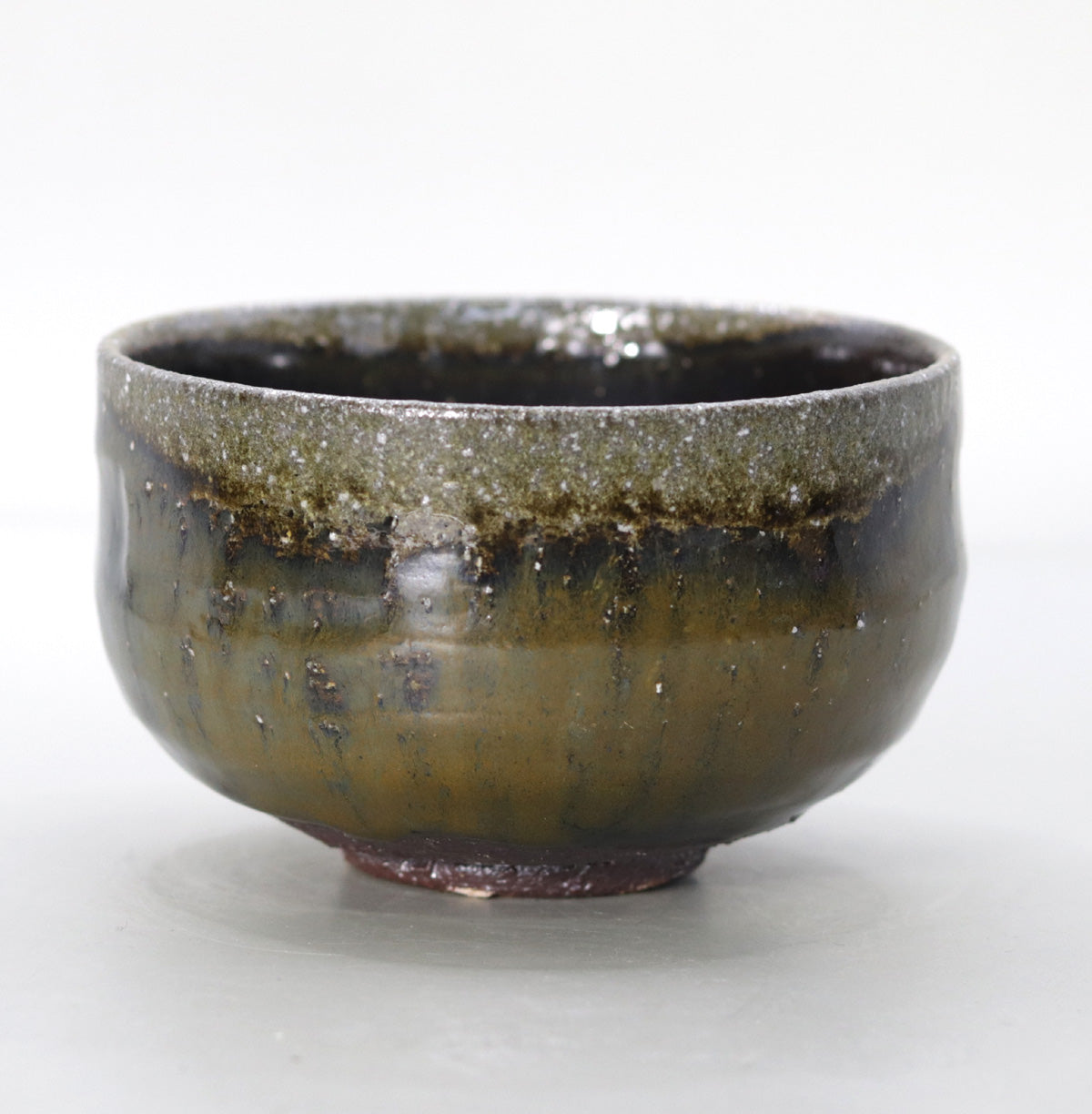

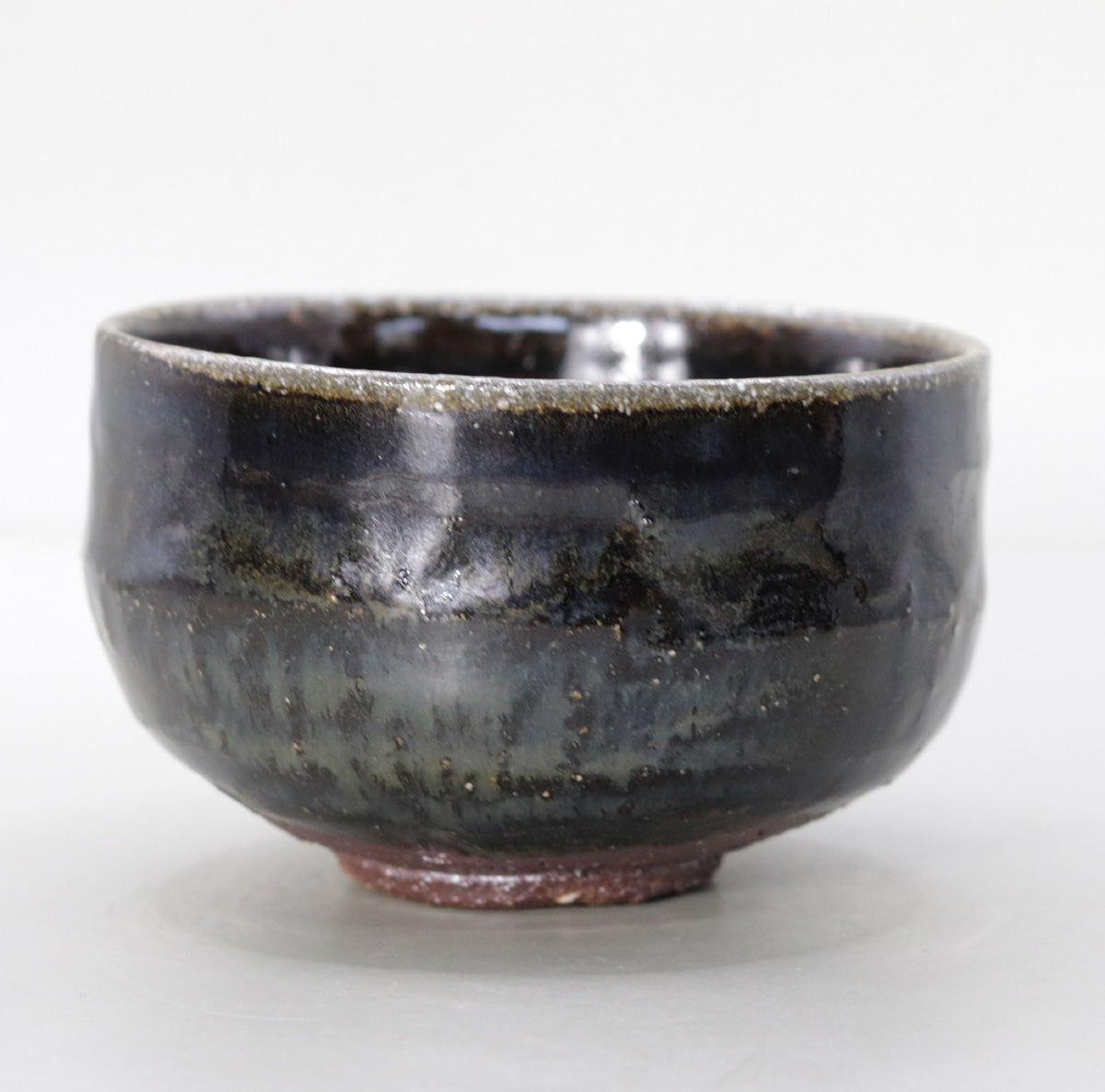
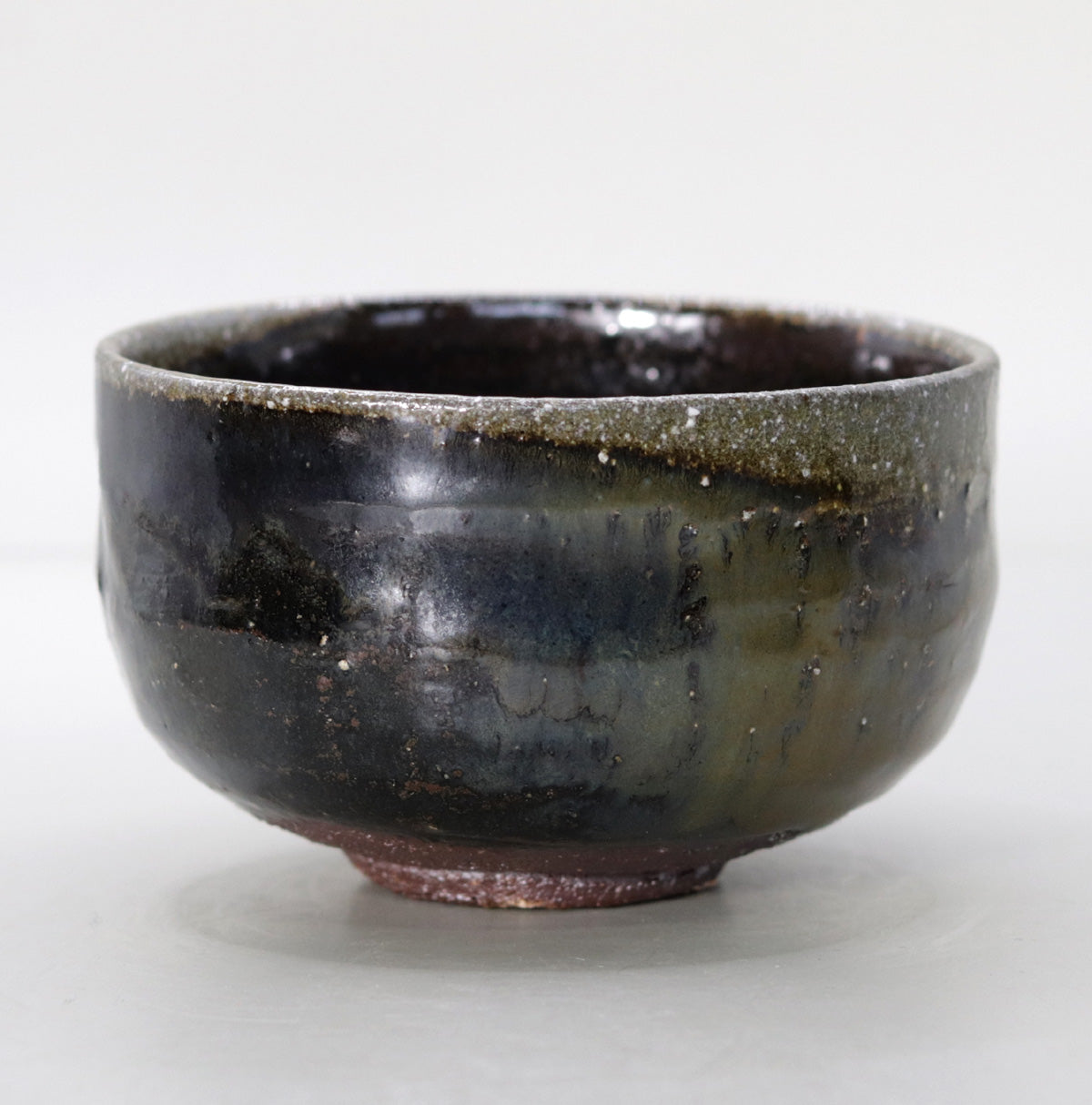

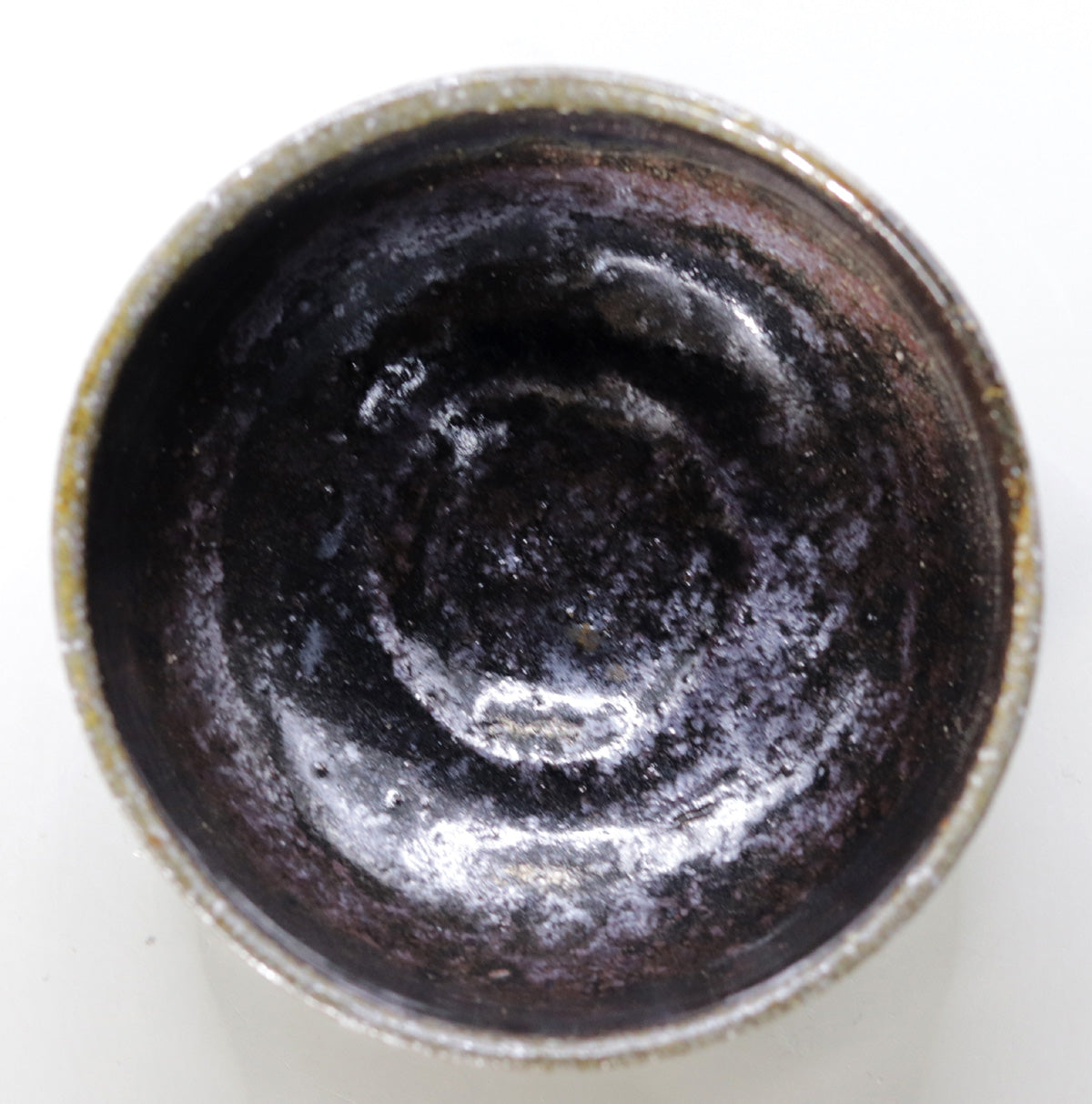

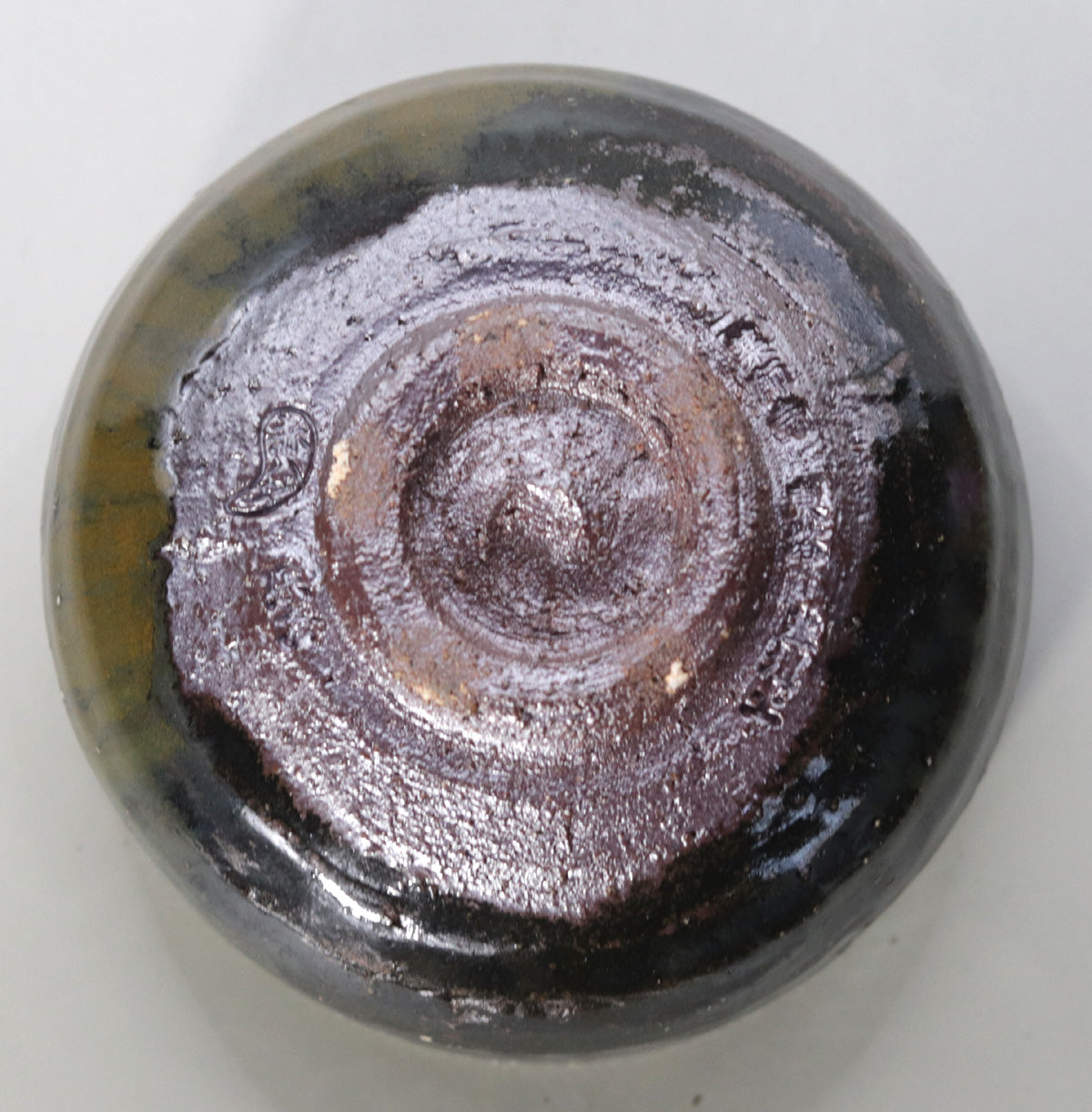
Multi-Column
-
[I will send it to you quickly and carefully]
We carefully package each product in a way that suits it best.
Also, delivery times vary depending on the piece (vessel, etc.).
Items that already come with a box will be shipped within 1-3 days of the order date.
For items that require a box to be made after your order, it will take approximately 30 days for production to be completed and then shipped.
In either case, once we have confirmed your order, we will contact you by email to inform you of the delivery date.
-
[Requests when purchasing pottery]
Even products that look the same may differ slightly in color, shape, size, etc.
The way the glaze is used, the power of the kiln, the firing method, the season, and the humidity also affect the appearance of the pottery.
Please understand the individuality of each piece of pottery and enjoy the unique warmth of handmade.


